Disclosure: This article may contain affiliate links. If you decide to make a purchase, I may make a small commission at no extra cost to you.
White Peony Root has been used in Asia for over one thousand years to help treat many types of autoimmune diseases. Paeoniflorin is the most active ingredient and appears to modulate the activity of key immune cells involved in autoimmunity.
Autoimmune diseases are quite common, affecting around 23.5 million Americans, with women being at a higher risk than men. It occurs when immune cells fail to recognize self from nonself.
While there are many medications available to help suppress parts of the immune system and decrease inflammation in the body to help deal with autoimmune diseases, it’s common for people to seek out natural complementary treatments such as curcumin and ginger, omega 3 supplements, while others try fasting, among many other treatments.
White Peony Root, however, is not as well-known or used that much in the West compared to Asia, but you can get White Peony in the west.
White peony tea made from young leaves and the bud is also a nice mild beverage, but the most active and beneficial components actually come from the root of the plant rather than the petals.
As I’ve had some trouble finding out information about this herb, I’ve decided to do some research myself and share with you what I found.
What is white peony root
White Peony is a popular herb in countries such as South Korea, China, and Japan, where people use the root, flower, and seeds as medicine. In Chinese traditional medicine, it goes by the name of Bái Sháo [1].
Paeonies are divided into two groups:
- Paeonia Moutan
- Paeonia lactiflora Pall
Many people drink white peony tea that is made from the two youngest leaves and a bud, but most of the health benefits from this herb are derived from its root, which contains a monoterpenoid glycoside called Paeoniflorin.
White peony root extract has a very mild sweet taste with a slightly bitter aftertaste, but nothing too bad. This makes it suitable to be consumed together with some food if you have trouble consuming capsules [2].
The water/ethanol extract of the root is known as TGP, which means total glucosides of peony.
If you’re interested in taking white peony root, it’s important that you choose a standardized supplement, which will contain a mostly Paeoniflorin.
White peony root and autoimmune conditions
White peony root extract has beneficial effects in the body by suppressing both acute and chronic inflammation that is associated with autoimmune diseases and disability.
White peony root suppress inflammation by various mechanisms:
- Blocking the production of prostaglandin E2.
- Inhibiting leukotriene B4.
- Inhibiting nitric oxide production.
- Suppressing intracellular calcium ion concentration.
- Suppressing nuclear factor-κB.
- Inhibiting activation and proliferation of CD4 T Cells.
The compounds found in white peony also have a potent antioxidant effect, reducing oxidative stress and protecting cells from harmful chemicals and reactive oxygen species [3].
Now let’s look at a few studies which have been conducted on the effects of white peony and autoimmune diseases.
Rheumatoid arthritis
In 1993, a prospective, double-blind trial was performed to look at the effectiveness of white peony root extract (TGP) against symptoms of rheumatoid arthritis.
Patients in the study were either told to take 1.8 grams per day of TGP or 10 mg of methotrexate every week.
The trial lasted just 12 weeks and there was a simar response achieved for both groups: 71.7% of the TGP treated patients and 81.7% for the standard treatment group. Another phase III clinical study was later conducted and found similar results (Zhou and Li, 2003).
One of the mechanisms by which paeoniflorin from white peony root is able to help people with rheumatoid arthritis is by suppressing a number of pro-inflammatory signaling pathways like NF-κB, which will help prevent bone erosion [4].
As of June 2019, there are 45 results on Pubmed for the search term: “paeoniflorin arthritis.” Most of these studies are from China, where some are published in English and Chinese. This makes it difficult to assess the overall quality of the studies in question, including the clinical human trials.
Some of these studies also use Paeoniflorin-6′-O-benzene sulfonate, which is a modified version of paeoniflorin and is more pharmacologically active.
A systemic review and meta-analysis of clinical studies involving over 500 patients that were treated with white peony (TGP) found that although the combination of standard treatment with white peony provided a greater therapeutic effect than any treatment alone, higher-quality studies are needed to confirm the results [5].
Systemic lupus erythematosus
Lupus is a condition that mainly affects women and causes the body’s immune system to attack its own tissues and organs. It usually affects the entire body which results in widespread inflammation, swelling, and pain.
Lupus can result in arthritis, increased risk of heart disease, kidney failure, depression, cancer, among many other health problems. Managing the disease is often difficult, requiring powerful inflammatory steroids and pain relief.
White peony root is unlikely a solution for lupus by itself, but some studies suggest that it can be useful in helping prevent the symptoms associated with the condition by suppressing inflammation and being analgesic.
One study has looked at the therapeutic efficacy of white peony (TGP) and found that patients who continuously took TGP for more than 5 years were able to reduce their daily dose of prednisone and the total CTX dose, while also seeing lower rates of infections. Taking it intermittently also provided some benefit [6].
SLE disease activity index (SLEDAI) was used to determine the effectiveness of the treatment in each group.
TGP1 group (29 cases) – Took TGP for 5 years continuously.
TGP2 group (47 cases) – Took TGP for more than 1 year but less than 5 years.
Control (20 cases) – Matched with the TGP1 and the TGP2 group for disease activity, medication, urine protein, and age.
A summary of the results
- Patients who took it continuously needed lower dose medications than the intermittent group and control group.
- Recurrence rates were significantly different: there was just 1 case in the TGP1 group, 9 cases in the TGP2 group, and 7 in the control group.
- Infections occurred in 3 from the TGP1 group, 17 from the TGP2 group, and 18 in the control group.
As expected, patients who took TGP continuously had the most benefit overall.
Urticaria
Urticaria is a clinical manifestation of lupus and can affect up to around 10% of people with the disease [5]. This can be treated with an antihistamine but is often not curative and the relapse rate is high.
According to a study published in 2010, white peony root in combination with citrizine may help control urticaria.
In the study, 63 patients in the treatment group were given 200 mg of white peony root extract, three times a day, together with citrizine, while the control group only took citrizine.
The effective cure rate was 73.02% in the combined treatment group compared to 47.92% in the control group.
Levels of IL-4 and IgE in the treatment group were much lower compared to the control group also.
Later a follow-up study was conducted and amazingly only 30% of the combined treatment group had a relapse compared to 90% of the controls [7].
These findings suggest that taking a standardized white peony root extract supplement could be helpful for people with hives associated with or without lupus.
Sjögren’s syndrome
Sjögren’s syndrome is an autoimmune disease where the immune system attacks the glands which produce saliva and tears, but can also affect other parts of the body.
While there are treatments like eye drops available to help, they don’t deal with the cause. Some people also try taking omega 3 supplements, but results have been mixed.
As with other autoimmune diseases, patients can be offered systemic medications to suppress the immune system, which will help prevent damage to the glands and help restore normal function.
Here, white peony (TGP) may be useful together with the standard protocol in helping reduce symptoms associated with Sjögren’s syndrome.
According to a multi-center, randomized, double-blind, placebo-controlled trial, white peony may help reduced symptoms as measured by Sjögren’s Syndrome Disease Activity Index (ESSDAI) and Sjögren’s Syndrome Patient Reported Index (ESSPRI) [8].
A summary of the results
- ESSPRI improved more in the TGP group than the placebo.
- Symptoms affecting the eyes, throat, and mental discomfort, all improved in the TGP group compared to the placebo.
- ESR (a marker of inflammation) reduced in the TGP group compared to the placebo.
- Patients who took the TGP were produced more saliva at week 12 than the placebo group.
Given these findings, if you currently have Sjögren’s Syndrome, it might be worth giving white peony a try.
White peony root also has other benefits
White peony root extract, although known for its benefits in helping regulate the immune system, it has been used for many conditions which include some the following:
- Osteoarthritis
- Gout
- Upset stomach
- Spasms
- Acne
- Migraine headache
- Chronic fatigue syndrome
- Skin aging
- Allergies
- Fever
- Hypertension
- Dysmenorrhea
How much should you take
An assessment by the European Medicines Agency examined a range of doses and found that a maximum dose between 6-15 grams is safe for standardized paeoniflorin [9].
Most supplements contain between 500 – 1000 mg per dose.
Do not take with the following:
Fritillaria verticillata
Cuscuta japonica
Rheum officinale
Conclusion
White peony root has a fair body of evidence behind it in both animals and in humans, which suggests that it could be useful for people who have autoimmune conditions like rheumatoid arthritis, lupus, and Sjögren’s syndrome.
However, there is a need for higher-quality studies to be conducted to say for sure whether or not it is indeed effective.
All that being said, white peony is also a herb that has been used in traditional medicine for over 1000 years and has an excellent safety record. It’s commonly used as a supplement, and many people say that it has made an improvement to their quality of life.



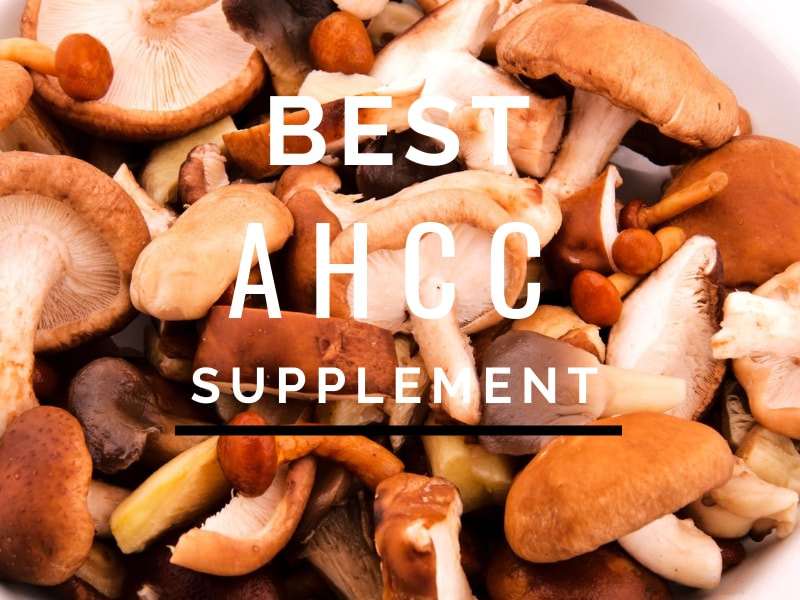
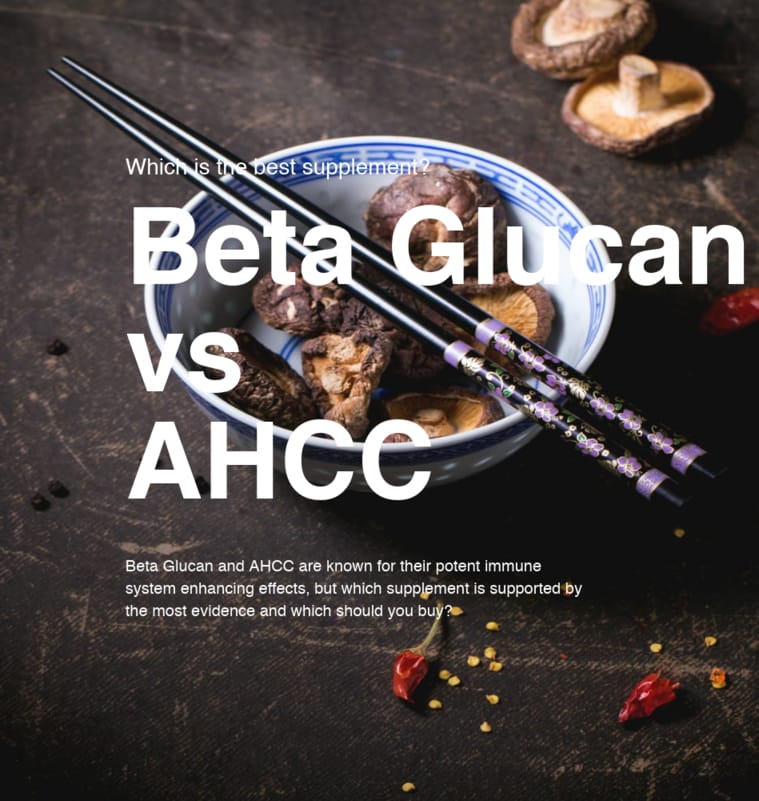

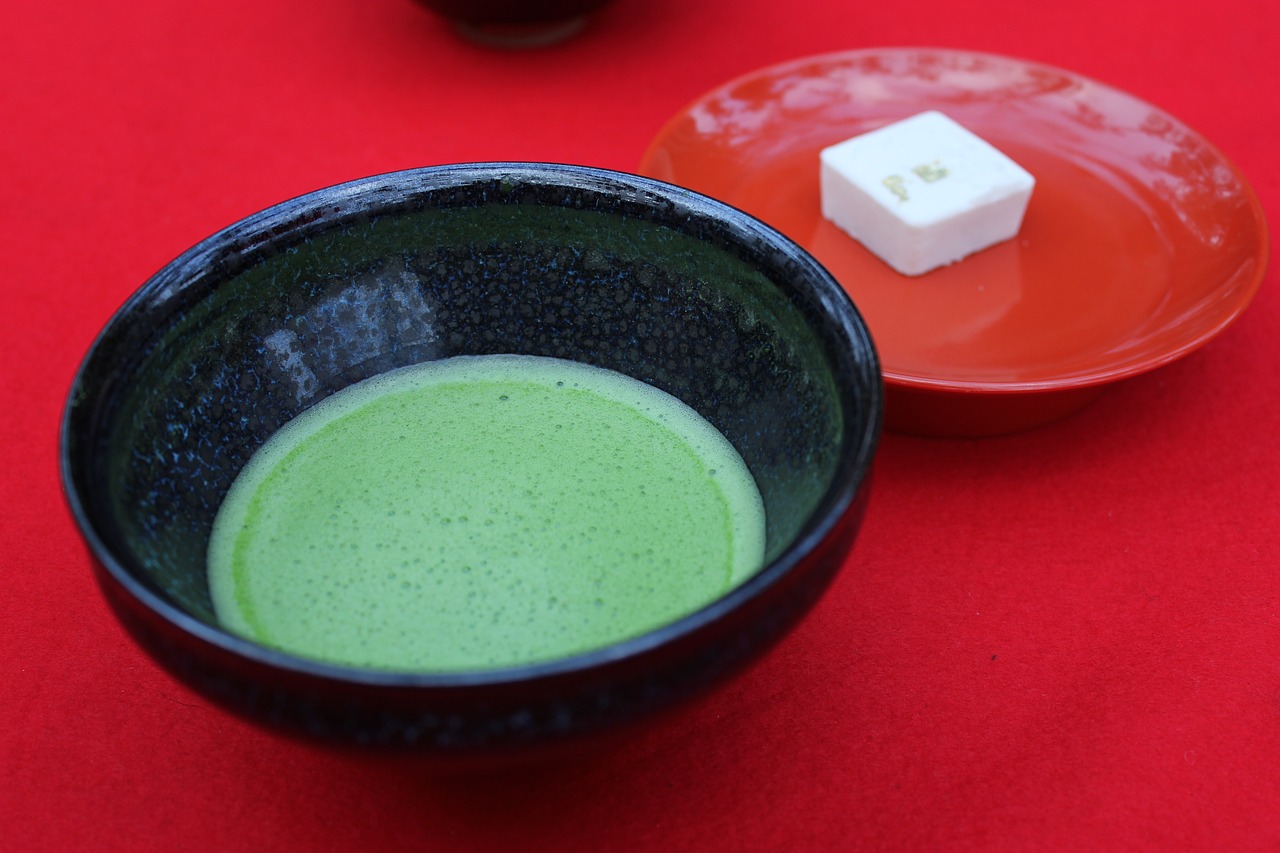

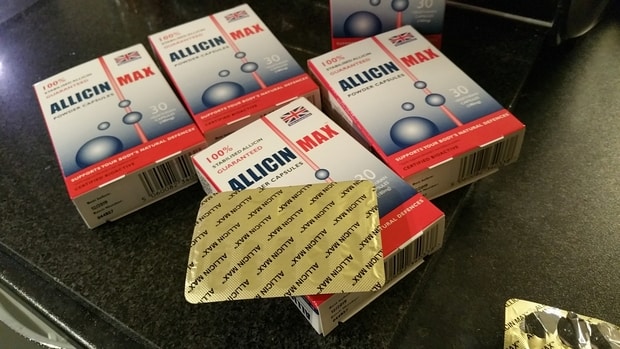
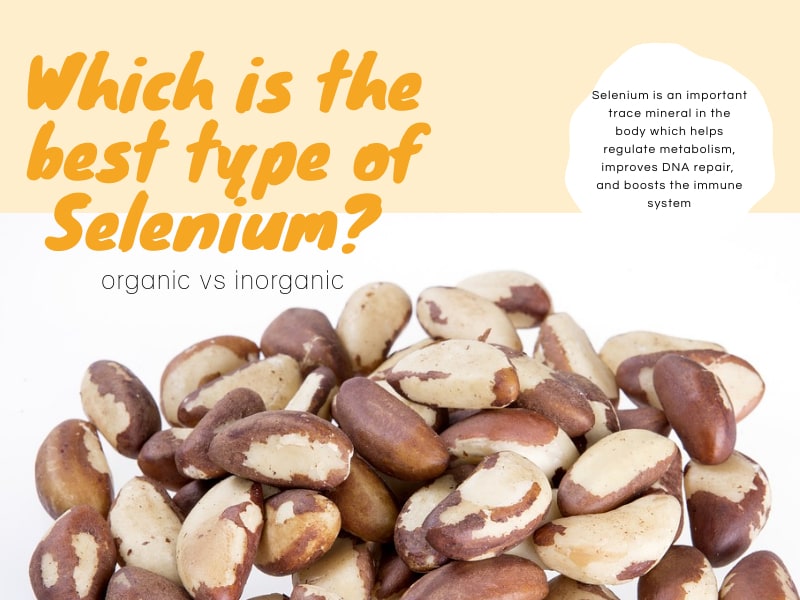
MATT!!!! My CR bro!!! So happy that you are still doing your blog!! It’s beautiful, and you still look like an elf from the Lord of the Rings! Hope you like my new blog… the Rise of April CR!
Hi April!! 😀
Thank you so much… I’ve put a lot of work into the blog in the past couple of years. Right now I’m not working on it as often as I’d like, due to other things going on, but I hope to be back properly and writing on here more sometime soon.
Haha thanks! Now only if I can live as long as the elves from LOTR 😀 lol
I’ll check out your blog later after work! Glad to see you back again. 🙂
Enjoyed the white peony info. Suggestions for purchase for those who cant take capsules? Is the acidic like most teas? What type is most gentle for stomach? Some sites say bad if you have liver disease- can you comment on that? Also if it suppresses NO, wouldn’t that be bad for hypertension? And finally, any contraindication if you have a reccurent virus? Thanks.
I also can’t take capsules so I usually mix my supplements with food or put it on a spoon with ketchup. I took Swanson Full Spectrum White Peony Root just by emptying out the capsule and taking with ketchup and the taste was really quite mild.
I would not say it tasted acidic. The Swanson one was quite pleasant.
I’ve also tried Na’vi 10:1 full spectrum White Peony and took that for a while but I got sick of the taste… It was just so overpowering and I never looked forward to it. I’d mix the powder with drinks or food… It did have more of the active ingredients in the supplement that the Swanson supplement, so it was very concentrated.
There is another by Life Extension that is pretty good and you could empty out the capsule. LE tends to be one of the much better quality brands out there.
As for blood pressure, it should be fine. The supplement also helps regulate the immune system rather than suppressing it in the way some drugs do and I’ve not seen any contraindications.
Matt,
Excellent article and appreciated you sharing the supplements you have tried and their quality. Your research efforts and sharing the information with the public definitely makes a difference; I have sjogrens, discoid lupus and pernesius anemia and finally stopped the AMA medicine I’ve been on for 7 years. It did the job, reduced my flares but I progressively became overly anxious and neurotic. I finally realized the medicine was making me a nut case. I learned this is not a common side effect, affects about 10% of folks. Alternatives are minimal and I am sincerely grateful to have found your article.
Best wishes,
Amy